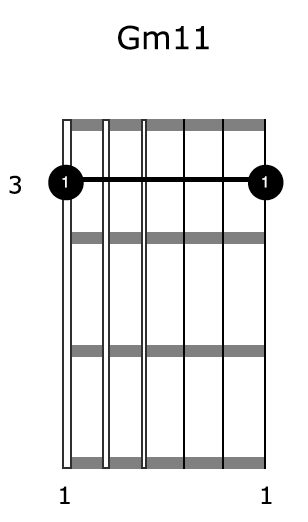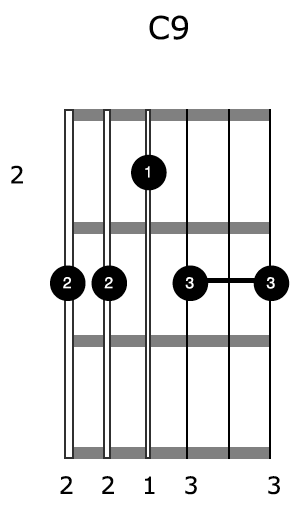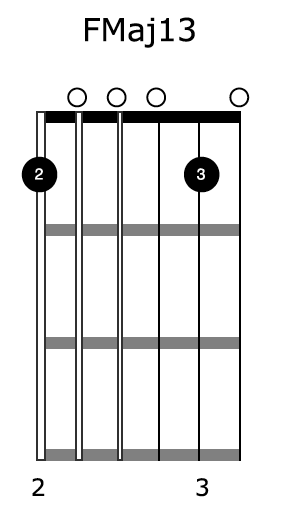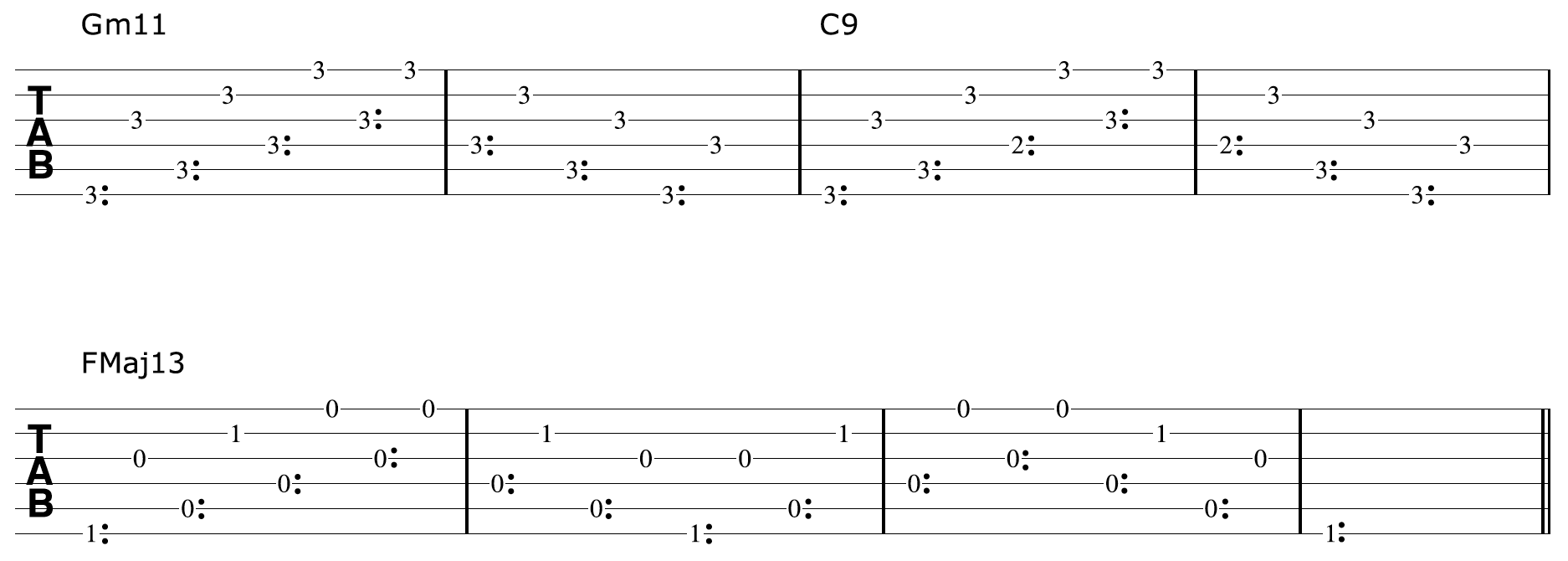How To Get The Amazing Sound Of Harp Harmonics Into Your Guitar Playing!
by Simon Candy Musician And Guitar InstructorKnown as “harp” harmonics, this amazing technique literally makes your guitar sound like a harp. Listen to the very opening of the video below to hear exactly what I am talking about, and what you are going to be learning to do yourself in todays article. This technique will have the jaws of those who hear you play, drop to the floor in amazement!
Harp harmonics are sometimes referred to as cascading harmonics because of the cascading “waterfall” type effect that you get with the harmonic note alternating with the regular note. Whatever you want to call them, harp harmonics certainly increase the range and textures of the sounds you can get on your acoustic guitar.
The first time I heard this technique I was hooked. I just had to learn how to do this myself. Guitar playing greats such as Chet Atkins, Lenny Breau, and Ted Greene were a great inspiration and source to draw from for me, and I highly encourage you check these guys out to hear how they used harp harmonics in their own playing.
For now, let me introduce you to the awesome technique of harp harmonics. It’s important to build a solid foundation first on which to then create, and in todays article we will do exactly that.
The Technique of Harp Harmonics
Be sure to watch the video that accompanies this article, as it will help you see exactly what you need to do regarding the technique required to play harp harmonics. If a picture is worth a thousand words, then a video is worth even more.
Bare Thumb, Thumb Pick, Or Plectrum?
Once we have run through the technique as a whole of playing harp harmonics, you will understand each approach outlined below a little more and no doubt will favour one over the others. For now just understand there are three ways you can play your harp harmonics. I use all three depending on the context but favour the thumb pick overall. Below is a comparison of each approach (you can skip down to the next section “How To Play Harmonics” and come back to this part later, after you have the basic technique down if you prefer)
Bare Thumb:
This is a great way if you are playing a piece that is purely finger style, no thumb pick. With your bare thumb plucking the string, your harmonic will not quite resonate as much, or have the sustain you get with a plectrum or thumb pick, but they will still sound amazing all the same.
Thumb Pick:
Your harmonics will resonate more, and have greater sustain when using a thumb pick. You will also have use of your middle, ring, and pinky fingers to play regular notes, which is not the case when using a plectrum. Of course, you may not use a thumb pick yourself, and is why we have more than one approach to choose from when playing harp harmonics.
Flat Pick (Plectrum):
As mentioned above, you have one less finger to use for playing regular notes when adopting the plectrum approach. This is because your middle finger, along with the thumb, is busy gripping the plectrum while your index finger sounds the harmonic. While this is a slight limitation, you can still create awesome harp harmonics using a pick. A big advantage of this approach is that it integrates nicely into regular plectrum based playing.
Despite this, I am going to be using the bare thumb/thumb pick approach in todays article.
How To Play Harmonics
Whichever approach you go with above, the harmonics are always sounded using your index finger. Let’s begin with open string harmonics which are located at the 12th fret. This will allow you to focus solely on your picking hand. We will bring the fretting hand into the picture shortly.
Harmonics are sounded by placing the tip of the index finger directly over the top of the fret, not in-between as you do for regular playing. So take your index finger and place it directly over the top of the 12th fret on the 6th string of your guitar. (Picture)
You should barley be touching the string, with no pressure whatsoever being applied by the index finger. If you push down at all, the harmonic won’t sound.
Once you have your index finger in this position, use the thumb of the same hand (ie. the picking hand) and pluck the string your index finger is touching, from behind. Provided your index finger is just touching the string, directly over the 12th fret, you will hear a bell like harmonic.
When sounding your harmonics, keep the following two things in mind:
The index finger sounding the harmonic needs to be straight at all times. Don’t bend it.
To prevent your harmonic from suffocating, meaning it doesn’t resonate well at all, maintain a good distance between your index finger and thumb that are sounding the harmonic. Avoid having them too close together.
To get this part of the technique comfortable, practice sounding each of the open string harmonics at the 12th fret. Take your time, this is quite different to anything you’ve done on the guitar before:

* I have used a colon (:) symbol next to each note to indicate they are played as harmonics.
Fretted Harmonics And Visualisation
The whole point of learning the technique you just have, is so you can use it to play the harmonics of fretted notes too. This is where things start to get interesting and the possibilities drastically increase!
The number one rule in order to sound the harmonics of any fretted note is you must always maintain a distance of 12 frets between your hand that is fretting the note and the index finger that is sounding the harmonic.
For example, our open string harmonics were located at the 12th because 0 + 12 = 12 (ie. 12 frets above an open string is the 12th fret).
Let’s look at a fretted example.
If you bar all six strings at the 3rd fret of your guitar, you will be forming a Gm11 chord:

By placing your index finger directly over the 15th fret, with the lightest of light touches and applying our technique, you will be able to sound the harmonics of this chord.
Why?
Because you are exactly 12 frets above the chord your fretting hand is forming (3 + 12 = 15th fret)
Here are the harmonics ascending and descending our Gm11 chord:

Remember to keep your index finger straight, and not to have the thumb and index finger too close together when sounding the harmonics.
Let’s play the harmonics of a C9 chord using the same technique.
First, here is the shape your fretting hand needs to form:

I am including the 6th string in this chord to extend the harmonics. Typically you would fret this shape from the 5th string
And here are the harmonics of the chord, again ascending and descending the 6 strings.

In the example above, we do have to divert to the 14th fret, on the 4th string, when sounding the harmonics of the C9 chord. This is so we stay true to the shape we are fretting. Harp harmonics is as much about the technique, as it is about visualising chord shapes 12 frets higher up the fretboard.
In this case you need to accurately visualise the C9 chord shape.
Let’s take another chord shape to apply our harmonic technique. This time we have an FMaj13 chord which has both fretted and open notes:

Harmonics applied:

Now For The Magic - Harp Harmonics
Now that you have the foundation of the harp harmonic technique, we can add the final touch which makes all the difference. Taking the ring finger of your picking hand, you are going to add regular notes in-between the harmonics you sound with your index finger.
This will naturally feel very uncomfortable at first, that’s normal. With practice it will get easier, so don’t be discouraged.
Here is a very common harp arpeggio pattern, applied to the harmonics at the 12th fret to get you started:

In the example above you are alternating 12th fret harmonics with open strings to create an awesome cascading like effect of harmonics and regular notes. Now we’re cooking!
Once you have this pattern going, you can apply it to any chord you like, just remember:
Keep track of/visualise the chord you are fretting 12 frets higher up the fretboard, so you can accurately sound the harmonics with your index finger.
Keep a distance of 12 frets at all times between the notes you fret and the harmonics your index finger is sounding.
Let’s take our harp arpeggio pattern and apply it to each of the chords we were using for the harmonics earlier:



In each example above, your picking hand is doing the exact same pattern. What changes is where you are sounding the harmonics of each chord
We can take this further by creating a harp harmonic progression. Simply connect the chords together like so:

This is only the beginning. What you can do with harp harmonics is truly mind blowing! Get the foundation of the technique down, and you will change the way you play your guitar from this day onward.
Download this ebook/video to take harp harmonics for your acoustic guitar playing to amazing new heights!
About the author: Simon Candy is a highly experienced and sought after guitar instructor. From Melbourne, Australia, Simon has taught at some of the country’s most prestigious schools as well as running his own. In addition, Simon has conducted masterclasses in Chicago, USA, and provides the very best acoustic guitar lessons online
Sponsor Ads
Created on Dec 31st 1969 18:00. Viewed 0 times.




